
Manduca muscosa, the muscosa sphinx, is a moth of the family Sphingidae.

Manduca occulta, the occult sphinx, is a moth of the family Sphingidae.
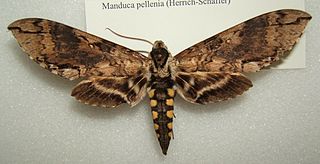
Manduca pellenia is a moth of the family Sphingidae. It is known from Mexico, Belize, Guatemala, Nicaragua, Costa Rica, Panama, Colombia and Ecuador.

Manduca andicola is a moth of the family Sphingidae first described by Walter Rothschild and Karl Jordan in 1916. It is found from Central America to Peru, Ecuador, Bolivia and Argentina.
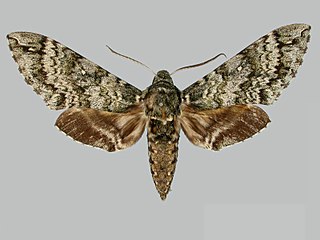
Manduca armatipes is a moth of the family Sphingidae first described by Walter Rothschild and Karl Jordan in 1916. It is found from Argentina and Uruguay to Bolivia.
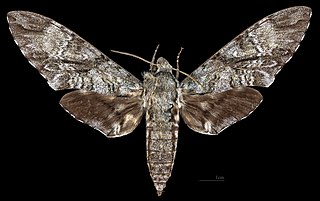
Manduca barnesi is a moth of the family Sphingidae.

Manduca boliviana is a moth of the family Sphingidae. It is known from Bolivia.

Manduca clarki is a moth of the family Sphingidae first described by Walter Rothschild and Karl Jordan in 1916. It is known from Brazil, Colombia, Ecuador, Peru and Bolivia.
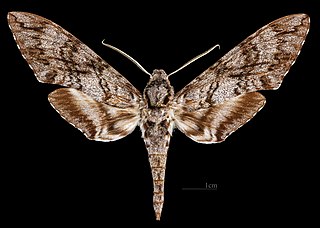
Manduca corumbensis is a moth of the family Sphingidae.

Manduca dalica is a moth of the family Sphingidae.

Manduca dilucida is a moth of the family Sphingidae first described by William Henry Edwards in 1887.

Manduca violaalba is a moth of the family Sphingidae first described by Benjamin Preston Clark in 1922.

Xylophanes germen is a moth of the family Sphingidae. It is known from Mexico, Costa Rica, Guatemala and is found from Venezuela to Bolivia.
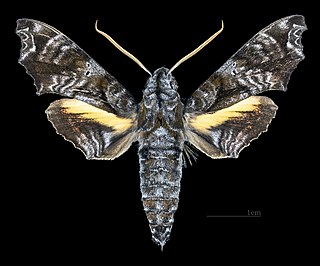
Nyceryx eximia is a moth of the family Sphingidae. It is known from Panama, Costa Rica, Guatemala and Mexico, as well as Ecuador.
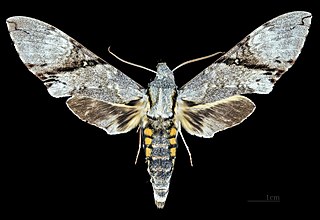
Manduca lefeburii is a moth of the family Sphingidae.

Manduca manducoides is a moth of the family Sphingidae.
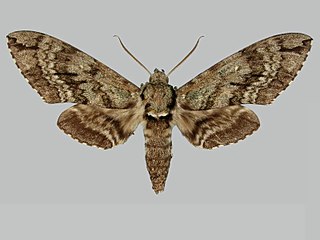
Manduca undata is a moth of the family Sphingidae. It is known from Argentina and Paraguay.

Manduca tucumana is a moth of the family Sphingidae.

Manduca trimacula is a moth of the family Sphingidae. It is found from Colombia to Ecuador, Venezuela and Bolivia.
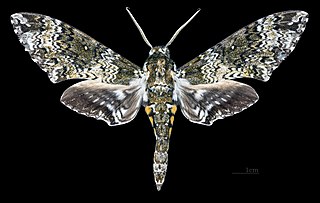
Manduca sesquiplex is a moth of the family Sphingidae. It is known from Mexico, Costa Rica and Nicaragua.




















